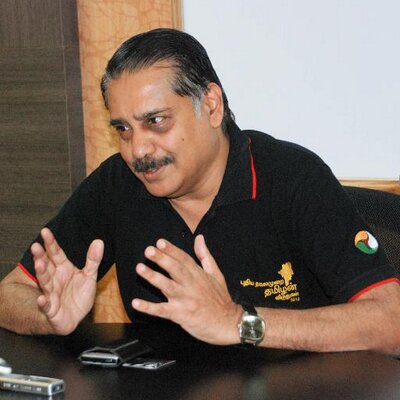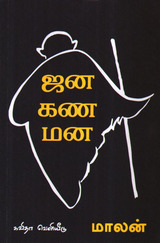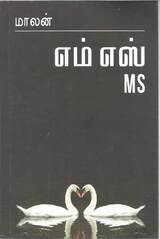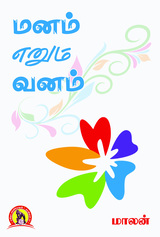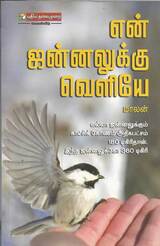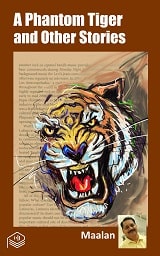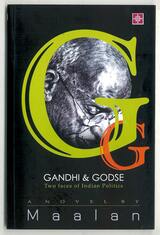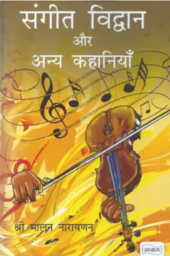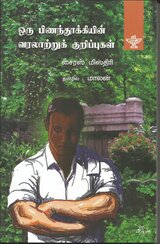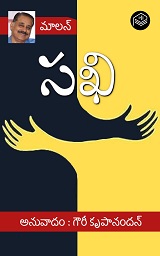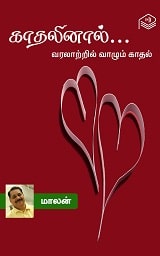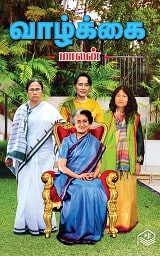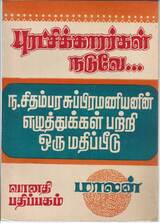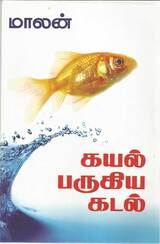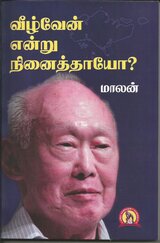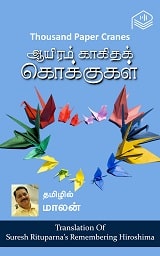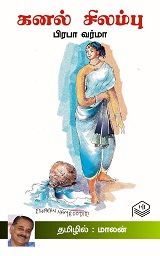1. What do you think about the present Tamil Media?
Tamil media has a glorious past. First Tamil newspaper was born even before the birth of the first political party in this country. In that sense, it is one of the oldest social institutions.
Like all our institutions of our democracy, like our parliament, like our legislatures, like our electoral system, Tamil media is going through a transformation. Viewing it in the light of past glory, we may tend to think that it is down sliding in values. But it may not be fair and proper to review an institution in isolation and in comparison with the days gone by.
Tamil media has started employing professionally qualified and trained journalists, and is availing the latest technology in newsgathering, editing and dissemination. Computerisation and colour printing /videography has become an integral part of Tamil media. Today journalists need to acquire more skills than that are necessary to be a good wordsmith.
Having said this, we must admit that it is going through a phase of hectic cutthroat competition in the marketplace. This has transformed the conduct of media. Commercialisation has come to fore, relegating the social development to the back. Many facets of our culture have taken a beating at the hands of globalisation, and Tamil media is no exception to this undesirable phenomenon.
2.Is the media sensationalising news?
Advent of Television has brought in sweeping changes in the manner of dissemination of news by the other media. Television news has injected an element of theatre in its newscasts. Sensationalism is one of the side effects of this phenomenon. Other impacts are trivialisation, exaggeration, and half-truths. This attitude is highly deplorable, as it cuts the root of qualitative journalism.
3.How are latest technologies used in Tamil Media?
Ve.Swaminatha Sarma, (guru of Kalki) one of the pioneers of Tamil journalism, has described lucidly, how he and his colleagues were struggling hard to write news stories with a nib tied at the end of a neem twig, sitting in dilapidated chairs in asbestos roofed sheds. Today hardly there is any newsroom that does not use computers. Stories are filed through e-mails and sometimes through Voice over Internet Protocol. Every mainstream paper uses page making softwares and programs like Photoshop or Quark express for laying out stories and for generating graphics. Some magazines use WORM (write once read many times) for archiving. Heavy and huge video cameras of Hi-Band are replaced by cute, little handy cams with cassettes that are of a size of matchbox. Digital Cameras have become the order of the day in newspapers. Online editing and non-linear editing facilities like Avid are used in the production of television news bulletins. Most of the Tamil media are using State of the art equipments for newsgathering, and production.
4.How’s the future of Tamil Media?
Tamil media is a part of our cultural ethos and it would continue to remain as an agent influencing public opinion. It has grown many fold, in spite of the small market place and it is bound t grow. In which direction it will grow, electronically or as print medium, is any body’s guess. Niche magazines and channels and new generation media (ezines, e-papers, and blogs) will be seeing growth in future.
5.Are today’s youngsters giving as much importance as English media to Tamil media?
Unfortunately no. But the fault lies in the education system, which has alienated the youth from their mother tongues. Today, one generation of Tamil children, can hardly appreciate the nuances in the poems of Andal, or even Bharathi for that matter. This being the case how do you expect them to enjoy reading Tamil media?
6.Is the media ethics followed by Tamil Media?
It is difficult and unfair to generalise. But looking at the macro picture, most of the media is following ethics, perhaps as practice inherited from their seniors, rather than learnt through instruction. But ethics takes a beating when it comes to the stories of politics and sex, because of the constrains imposed by market, deadlines, and personal gains.
7.What steps can be taken to develop Tamil Media?
Newsrooms need to become more democratic with room for frank discussions and open criticism. Journalists need to update their knowledge and to undergo periodical training in various emerging issues. Citizenry is to be involved in reporting. Vision on social mobilisation and development need to be inculcated into the system.
8.How do you see Tamil Media 10yrs back?
It is a golden period. It was also a transition period as experiments like newsmagazines were on. Print media was refusing to succumb to the newly arrived satellite television. The era of professional journalists have begun just then. Until then renowned editors were editors of magazines and they were catering fiction to their readers. Globalisation has not gained roots then, and hence readers, not consumers were there. Newspapers and magazines have not turned into ‘products’ but remained as media.
9.Scientific Advancements – boon or bane to Tamil Media?
Undoubtedly it is a boon like it is to the rest of the humankind.

